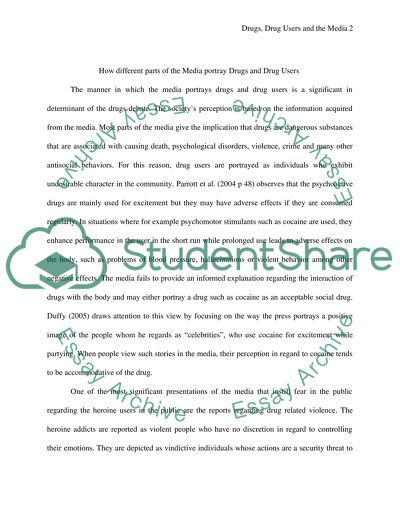Cite this document
(How Different Parts of the Media Portray Drugs and Drug Users Coursework, n.d.)
How Different Parts of the Media Portray Drugs and Drug Users Coursework. Retrieved from https://studentshare.org/media/1560516-how-do-different-parts-of-the-media-potray-drugs-and-drug-users-why-do-you-think-this-is
How Different Parts of the Media Portray Drugs and Drug Users Coursework. Retrieved from https://studentshare.org/media/1560516-how-do-different-parts-of-the-media-potray-drugs-and-drug-users-why-do-you-think-this-is
(How Different Parts of the Media Portray Drugs and Drug Users Coursework)
How Different Parts of the Media Portray Drugs and Drug Users Coursework. https://studentshare.org/media/1560516-how-do-different-parts-of-the-media-potray-drugs-and-drug-users-why-do-you-think-this-is.
How Different Parts of the Media Portray Drugs and Drug Users Coursework. https://studentshare.org/media/1560516-how-do-different-parts-of-the-media-potray-drugs-and-drug-users-why-do-you-think-this-is.
“How Different Parts of the Media Portray Drugs and Drug Users Coursework”. https://studentshare.org/media/1560516-how-do-different-parts-of-the-media-potray-drugs-and-drug-users-why-do-you-think-this-is.


